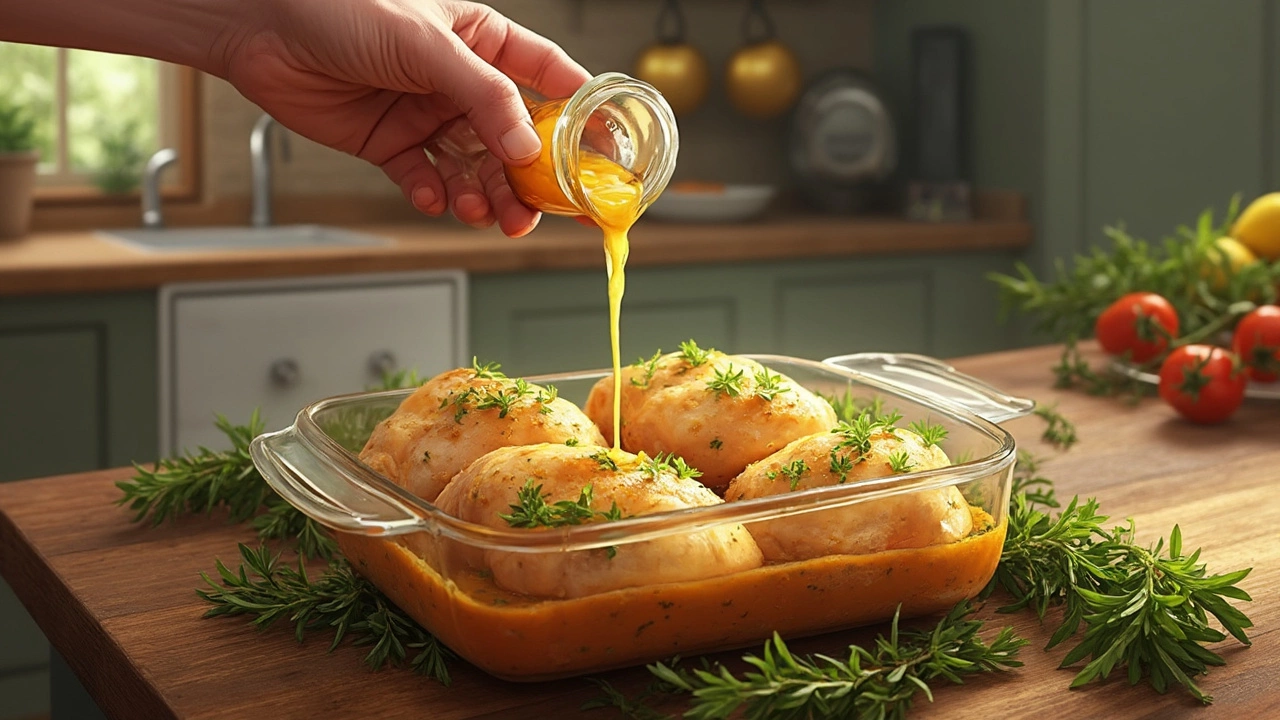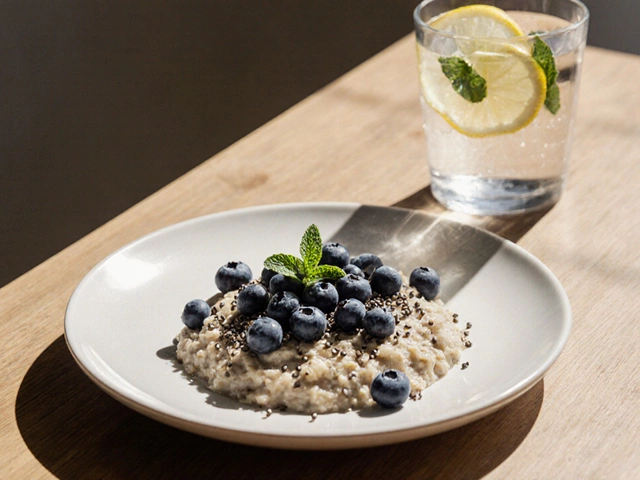Soaking Chicken: Simple Ways to Get Juicy, Tender Meat
If you’ve ever bitten into dry chicken, you know the disappointment. The good news is you can fix that with a quick soak. Soaking chicken isn’t magic, it’s science – the water (or liquid) helps the muscle fibers relax and hold onto moisture during cooking. The result is meat that stays juicy even after a high‑heat roast or quick grill.
Why Soak Chicken?
First, soaking adds moisture. When you place raw chicken in a salty or seasoned liquid, the cells absorb some of that liquid through osmosis. That extra water stays inside the meat while it cooks, preventing the protein from squeezing out all its juices. Second, a soak can act like a light‑weight brine. A basic brine of water, salt, and a pinch of sugar can break down tough fibers, making the meat softer. Third, it’s an easy flavor booster. Adding herbs, garlic, or a splash of lemon to the soak lets the chicken pick up subtle notes before any heat is applied.
People often think soaking takes forever, but you can get great results in as little as 15 minutes for small pieces. Larger cuts like whole breasts or thighs benefit from 30‑60 minutes. If you have time, a few hours in the fridge can deepen both texture and taste without any extra effort.
How to Soak Chicken Safely
Safety is key. Always start with clean, cold water. If you’re using a brine, dissolve salt and sugar completely before adding the chicken. Keep the bowl or zip‑lock bag in the refrigerator – never leave it out at room temperature. This keeps the chicken out of the “danger zone” (40°F‑140°F) where bacteria multiply fast.
Here’s a quick, fool‑proof soak recipe: combine 4 cups cold water, 2 tablespoons salt, 1 tablespoon sugar, and a handful of chopped herbs (like thyme or cilantro). Stir until everything dissolves, then add 1‑pound of chicken pieces. Seal the container and refrigerate for 30 minutes. When time’s up, rinse the chicken briefly under cold water, pat dry, and you’re ready to grill, bake, or fry.
If you’re short on time, a simple dip in plain cold water for 10‑15 minutes still helps. Just make sure to dry the surface well before seasoning; excess water can cause oil splatter in a hot pan.
Extra tip: add a splash of lemon juice or a teaspoon of vinegar to the soak. The mild acid brightens flavor and helps break down proteins a bit more, giving an extra tender bite.
Now that you know why and how to soak, try it with your next chicken meal. Whether you’re making a quick stir‑fry, a Sunday roast, or a backyard BBQ, a short soak can turn a bland piece into a juicy, flavorful star. No fancy equipment, just a bowl, some water, and a few minutes of patience. Enjoy the difference!

What Do You Soak Chicken In to Keep It Moist?
by Landon Weathers / 4 Apr 2025Keeping chicken moist is a common culinary challenge. Discover the secrets to perfectly juicy chicken by soaking it in flavorful liquids. Explore various soaking methods that enhance taste and tenderness, making your chicken dishes a hit every time.


